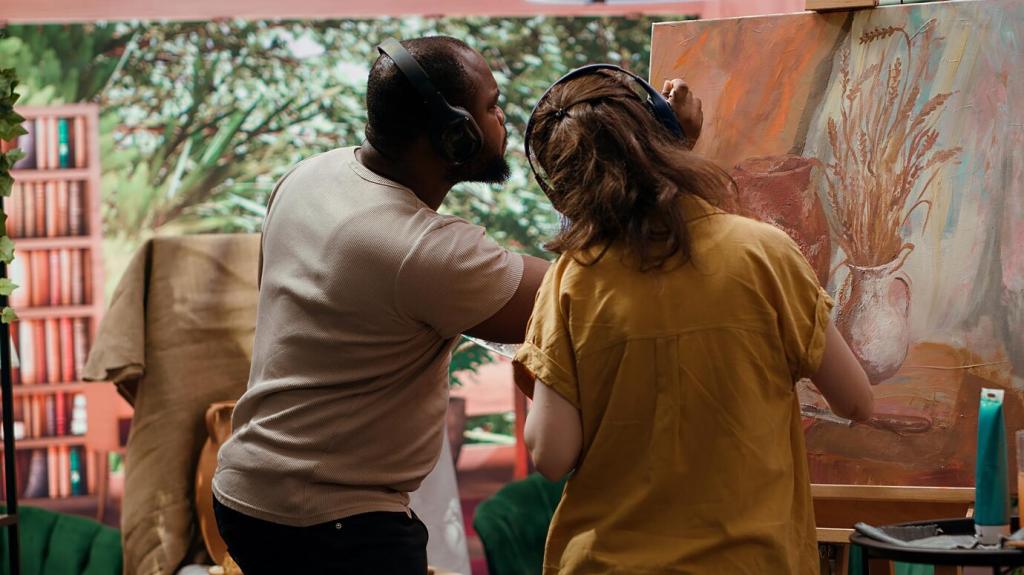Stories Behind the Canvas
In Auvers, van Gogh studied wheat fields under unstable skies, painting rhythms of wind and crow flight. Often mistaken as his final canvas, Wheatfield with Crows remains a fierce, life-charged meditation on impermanence.
Stories Behind the Canvas
Caspar David Friedrich’s Wanderer above the Sea of Fog frames a lone figure before mountainous mist. The landscape is not backdrop but belief, suggesting nature as a sanctuary for doubt, awe, and hope.






